1. New Construction Everywhere
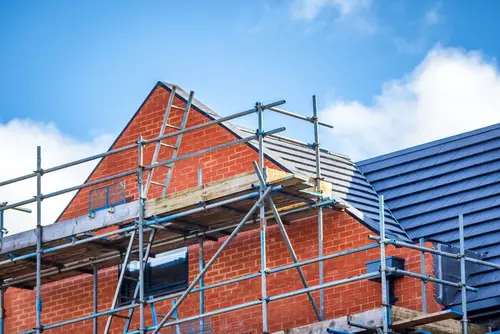
A few new houses can be exciting, but constant construction can feel overwhelming. The sights and sounds of jackhammers, dirt trucks, and construction crews aren’t exactly relaxing. Buyers notice the disruption and imagine years of noise before the area stabilizes. A once-peaceful street can start feeling crowded and chaotic overnight.
The aesthetic impact matters too. Temporary fences, muddy lots, and half-finished facades can lower the neighborhood’s charm. Even buyers who love new homes might hesitate if they think their investment could be surrounded by constant development. First impressions matter, and construction can sabotage them fast.
2. Increasing Traffic Congestion
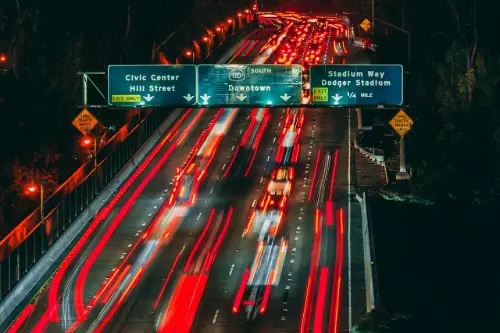
Traffic can make or break a neighborhood’s appeal. If roads are constantly jammed, potential buyers start imagining long commutes and honking horns outside their windows. Even a slight uptick in congestion can subconsciously signal inconvenience and chaos. Buyers are drawn to calm, easy-to-navigate streets, so this subtle change can make them think twice.
Traffic congestion often goes hand-in-hand with urban growth, but it doesn’t feel like growth to those stuck in their cars. Parents, especially, worry about safety when kids play outside. Delivery delays, harder parking, and noisy streets also add up. These small frustrations can quietly shift a buyer’s interest elsewhere.
3. Declining Property Upkeep
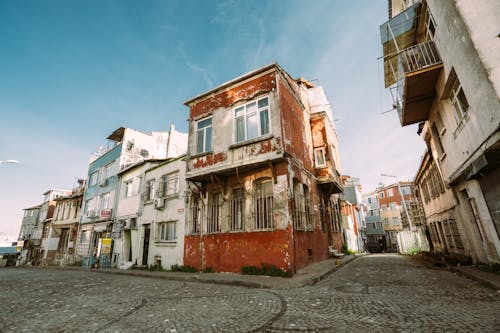
When lawns go unkempt and paint peels on nearby homes, it sends a subtle signal. Buyers worry about overall neighborhood maintenance and potential costs they might inherit indirectly. One neglected house can make neighboring properties look less appealing by comparison. It’s a quiet but effective deterrent.
Signs of deferred maintenance raise questions about community standards. Are the local homeowners’ association and residents committed to upkeep? Buyers often interpret visible neglect as a red flag for future issues. It’s less about the individual home and more about perceived neighborhood neglect.
4. Closed or Shuttered Businesses
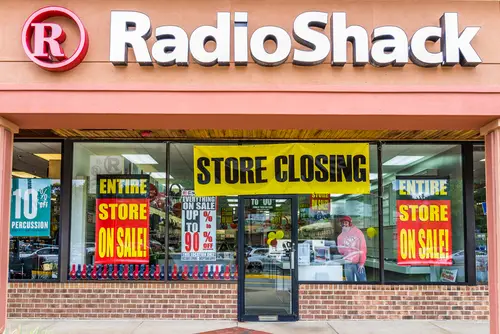
Empty storefronts give the impression of economic decline. When cafes, grocery stores, or local shops close, buyers start wondering if the neighborhood is losing vibrancy. Even if the homes themselves are lovely, lack of nearby amenities hurts desirability. People want convenience and energy, not abandoned buildings.
A thriving commercial scene signals stability and growth, whereas closed businesses signal stagnation. Buyers may fear that new shops won’t succeed either. Accessibility to daily essentials becomes a mental checklist. A street lined with “For Lease” signs quietly raises caution flags.
5. Poorly Lit Streets
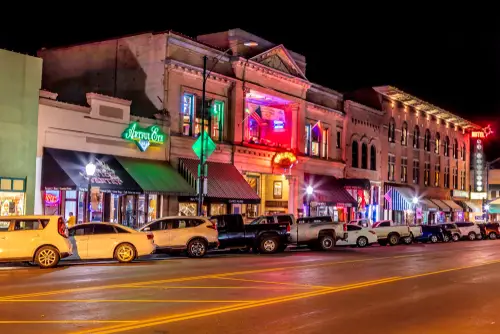
Dark streets aren’t just inconvenient—they can feel unsafe. Buyers subconsciously link inadequate lighting with crime or neglect. Even in low-crime areas, dimly lit roads can spark hesitation when imagining nightly walks or returning home after dark. A well-lit street, by contrast, feels welcoming and secure.
Streetlights also impact property aesthetics and curb appeal. Shadows cast over landscaping or homes can create a gloomy vibe. Buyers want neighborhoods that feel safe and inviting at all hours. Lighting, though subtle, plays a powerful psychological role in perceived safety.
6. Overgrown Public Spaces
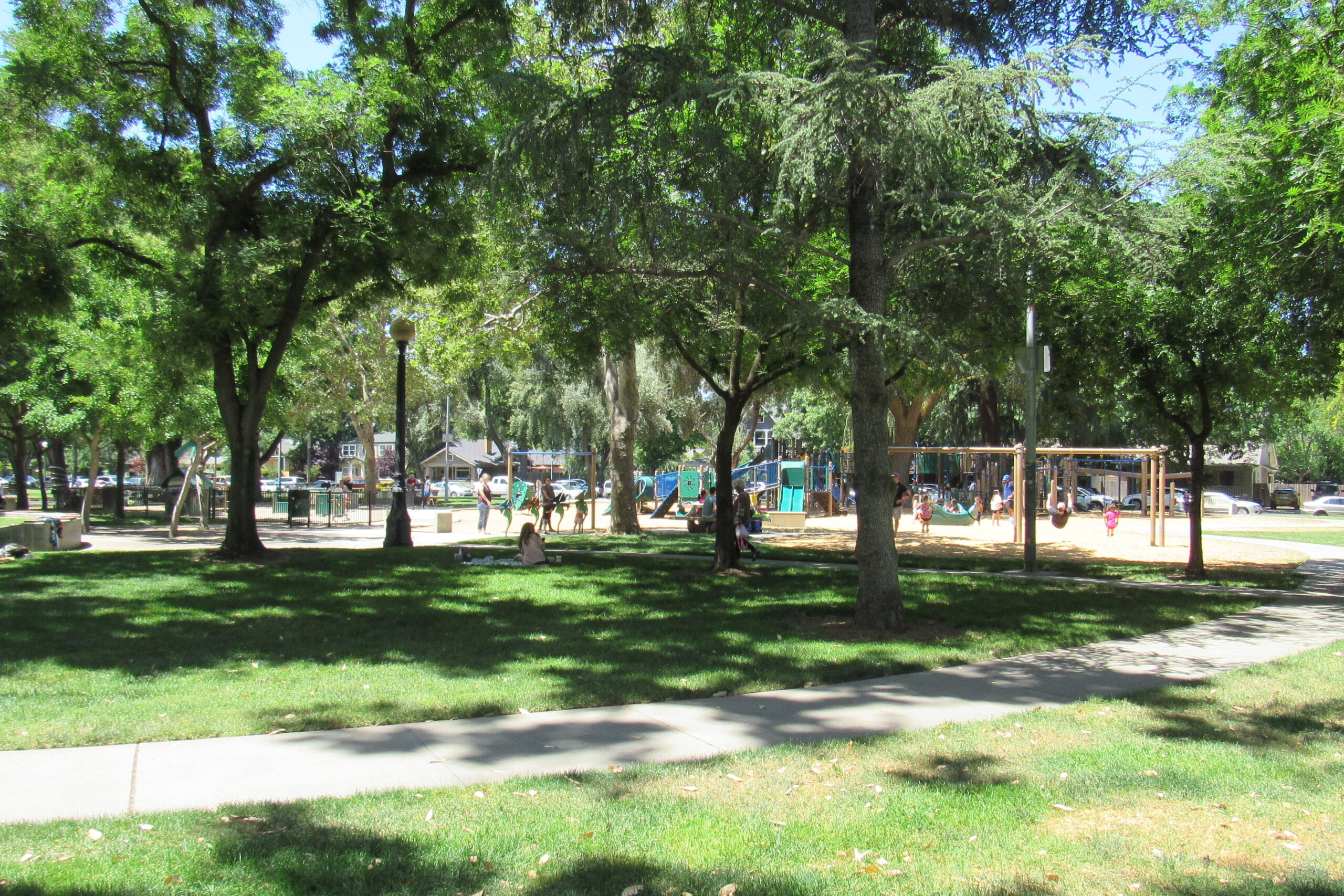
Parks and shared spaces that aren’t maintained send an unintended message. Buyers notice weeds, fallen branches, and untrimmed bushes as signs of neglect. They start imagining their weekends spent in underwhelming, uncared-for surroundings. Even the best homes nearby can feel less appealing without attractive communal spaces.
Overgrown areas can also hint at lax municipal management or community involvement. If the city or neighborhood doesn’t care about public spaces, buyers may assume other services—like snow removal or street cleaning—are similarly neglected. These signals create a slow erosion of confidence. Small details often have outsized psychological effects.
7. Frequent Garage Sales or Yard Clutter

Occasional sales are fine, but a street littered with clutter can seem chaotic. Buyers might worry about hoarding, lack of pride in property, or potential safety hazards. A well-kept street communicates stability, whereas constant activity or visible mess can feel like an eyesore. It’s a quiet turnoff that doesn’t require high crime or bad schools to influence decisions.
Frequent garage sales can also suggest transient residents or high turnover. Buyers often look for long-term neighbors who invest in the community. Streets filled with clutter or repeated sales signal instability. This subtle impression can make them reconsider an otherwise attractive property.
8. Noise from New Sources
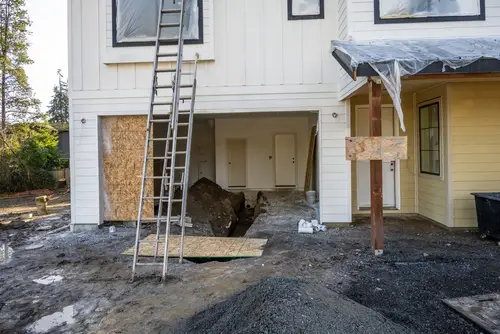
A once-quiet neighborhood suddenly experiencing noise from nearby construction, new bars, or late-night traffic can deter buyers. Even intermittent noise disrupts the sense of peace that people prioritize. Buyers imagine sleepless nights or difficulty focusing at home. Noise pollution often outweighs the appeal of a property’s interior features.
The type of noise matters too. Constant honking, loud machinery, or nightlife-induced music can be more intrusive than a single occasional source. Buyers envision long-term stress and inconvenience. These mental pictures quietly erode interest before they even schedule a showing.
9. Rising Crime Rates

Even small increases in petty crime can scare off buyers. Neighborhood safety is one of the top factors in home selection, especially for families. A single incident reported online or in local news can create outsized fear. People look for reassurance, not statistical debates, when imagining living somewhere.
Neighborhood reputation spreads fast. Buyers often ask friends, check apps, or scan social media to gauge safety. Even if crime isn’t rampant, perception drives decisions. A subtle uptick can quietly shift attention to safer areas.
10. Unfriendly HOA Rules or Fees
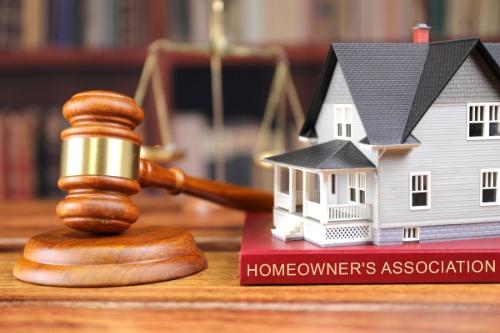
An HOA can help maintain aesthetics, but strict rules or high fees can alienate buyers. People want freedom to personalize their homes without unexpected penalties. Overbearing regulations or sudden fee increases feel restrictive and sometimes unfair. Buyers may pass to avoid long-term frustration.
HOA conflicts often make headlines in local forums or online reviews. Prospective buyers often read these before making offers. Even if a home is perfect, a difficult HOA signals potential stress. Quietly, it can outweigh positive aspects of the property itself.
11. Inconsistent Trash Collection

Missed trash pickups or overflowing dumpsters can create a negative first impression. Buyers may imagine ongoing municipal inefficiency or neglect. Clean streets communicate pride and reliability, while inconsistent trash service signals disorganization. Subtle infrastructure issues quietly affect desirability.
Smells, unsightly bins, and messes also play a psychological role. Buyers picture what daily life would look like—not just the house itself. Areas with unreliable services appear chaotic even if the neighborhood is otherwise attractive. People often overestimate the long-term inconvenience based on first impressions.
12. Shrinking Greenery

Tree removal or disappearing gardens can make a neighborhood feel barren. Buyers are drawn to shaded streets, mature trees, and lush landscaping. Losing greenery not only reduces aesthetic appeal but also signals potential environmental or zoning issues. It subtly communicates that the area may be less cared for or less pleasant over time.
Green spaces also impact property values and comfort. Cooler streets, shaded sidewalks, and natural scenery add to quality of life. Without them, even well-kept homes feel less inviting. This quiet degradation can make buyers second-guess their interest before stepping inside a single house.
This post 12 Neighborhood Changes That Quietly Scare Away Buyers was first published on Greenhouse Black.
